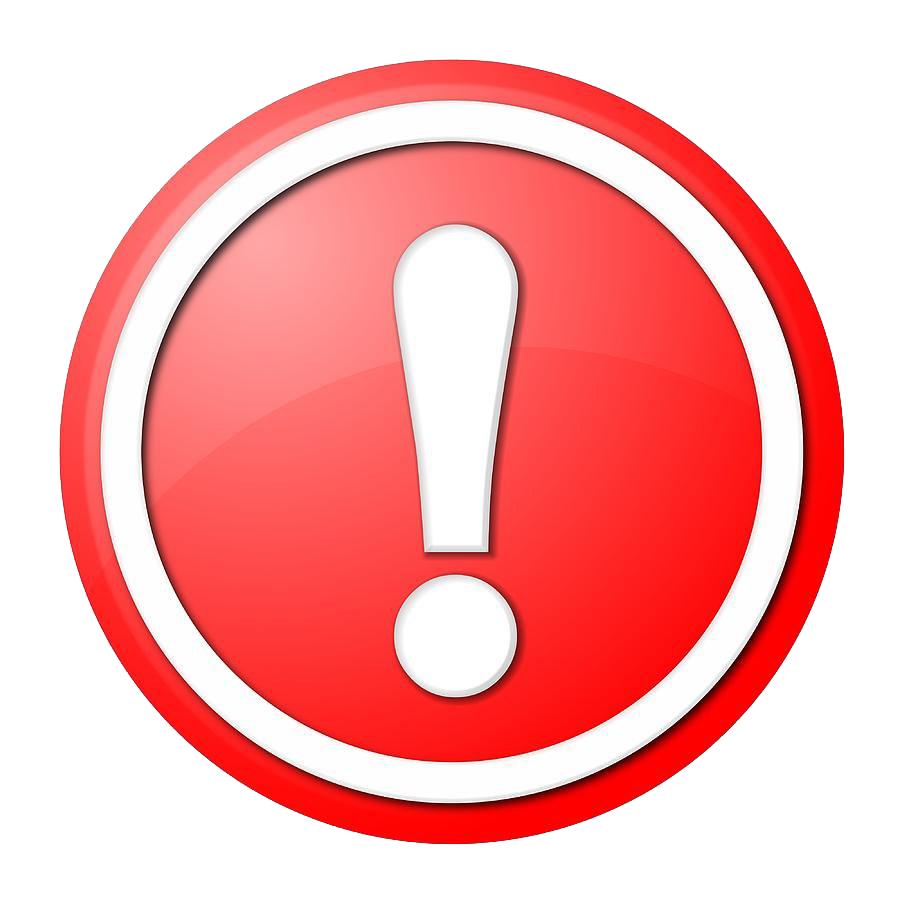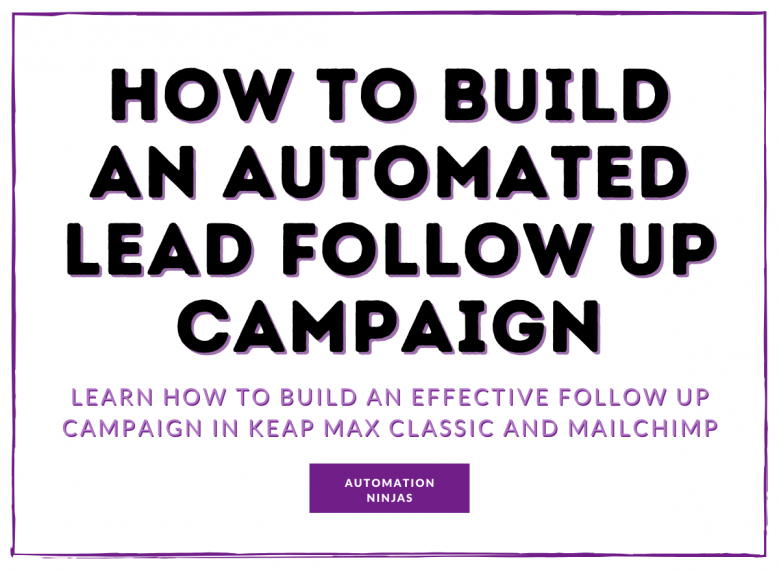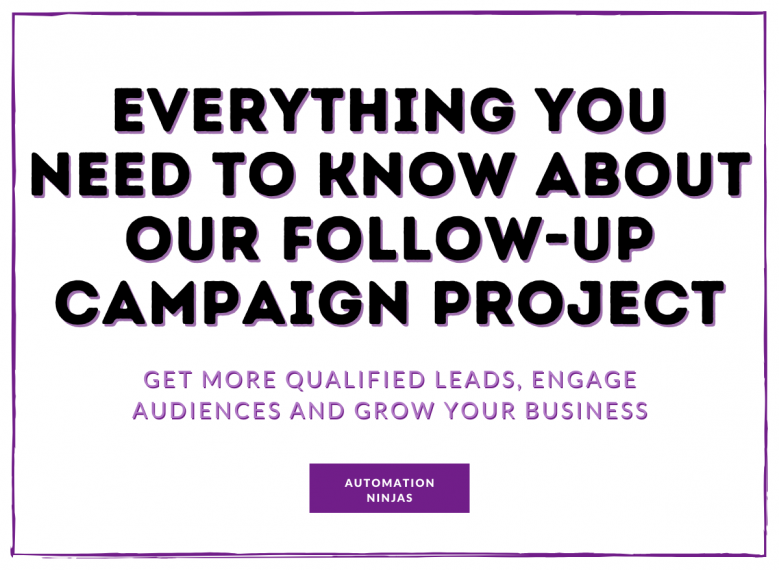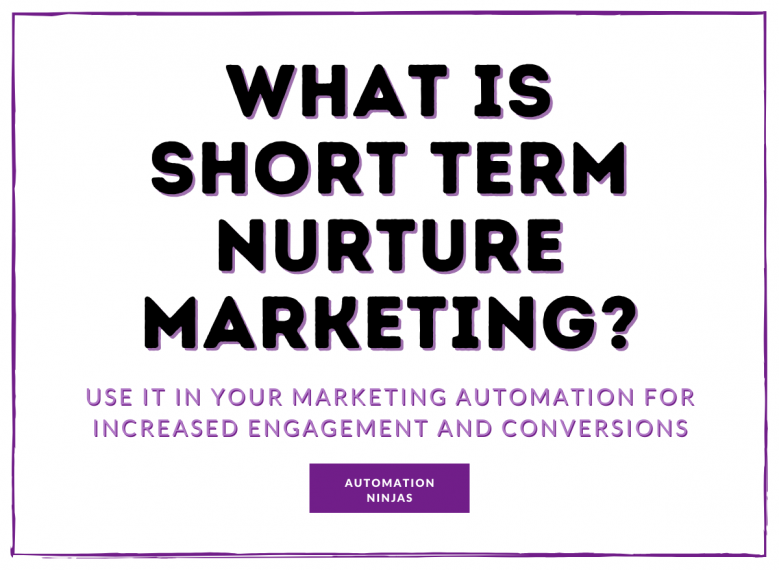
Some common mistakes when writing follow up emails, and what successful marketers and sales teams do to avoid them.
With this blog, we’ll have a look at the different types of follow up email, and work out why it is that they’re not getting the response that you hoped for.
You’re already ahead of the game if you’re sending them at all. If you’re automating them, bonus points!
Follow up emails mean different things to different businesses.
If your business depends on networking, then your follow up emails will be about the great chat you just had, or the great event you were just at.
You could be writing follow up emails that go out after someone has downloaded something from your website, or has signed up for your webinar.
Sales teams often have an arsenal of email templates that they will use after they have had a call, and need something to bridge the gap between one call and the next.
Maybe you’ve got to the stage where you’ve sent a quote, and don’t want to just sit there waiting to see if they go for it.
One email is never enough - so you might be sending another follow up email after no response.
Whichever of these, or any other type of follow up email, the goal is roughly the same - to tempt your recipient to take action and convert to the next stage, or to become a customer.
Fail #1: The all-important subject line

Are your emails noticeable enough? Do they stand out?
If the purpose of the email is to get another meeting booked, it’s not enough to just remind them you exist and ask for a call.
Nowadays you have to show a little more effort.
Imagine being in their shoes. It was a great meeting, but it’s the next day and they have arrived at work to see around 45 emails. Some of them have punchy or enticing subject lines that either speak to a problem they are having right now, or are offering some shiny new thing that absolutely must be bought now while it’s still on offer.
How is your email going to stand out from this?
It’s not going to pop if it’s just "Nice to meet you", or "Just following up".
Nice to meet you is the kind of email that gets starred for later, and then it’s on to the 15% discount email for lots of things related to the thing they bought last week.
A more personal approach is to use something from the meeting as part of the subject line - “Great to speak to you about outsourcing”.
Or, “Your marketing automation plan - Let’s speak again”.
A shorter version - “Your website - Let’s get cracking”.
Something that we’re all used to now is email personalisation. Using a first name in the subject line, and even in the text body has been a standard since before 2013, but even more after the report that showed that doing so attracts a 26% uplift in email opens.
Hopefully in the meeting you were able to gauge the size of the problem that you’re going to solve for, and how soon they may be likely to want to act on the problem. If you know they haven’t got the budget right now, then it’s still worth asking them to book in the next call, if they haven’t already. In the meantime, follow up with some examples of things they can do, and show off some happy customers with testimonials.
So, the subject line is one of the things that may be stopping you from getting a good reaction to your follow up emails. Here are some other reasons:
Fail #2: You missed the boat

Not following up straight away is a big one.
If you’re not there in their inbox the same day, or the next day, then they are already forgetting what you said, and the hard work you put in beforehand may be going to waste.
Marketing automation is a great way to make sure that you follow up on every lead, and every meeting.
Many platforms can do this, and our clients have many different tools. In our business, we use Keap Max Classic (fka Infusionsoft), which makes it super easy to fill in a form on our smartphones/tablets etc. after a networking event, or a meeting. It also offers space for specific personalised subject lines, and custom text. That email can be sent straight away, or scheduled for the morning. It can also kick off a reminder sequence to send another email, or create a task to follow up another way, like on LinkedIn, or by calling the prospect.
Around 8am the next day may be a good time send it, if you’ve met people late in the afternoon. You don’t want it sitting in their inbox all night, getting pushed further down the list of emails they will see. But if your meeting was at 11am for example, it would be better being sent within an hour or two while they are still ‘warm’.
Fail #3: The inbox says "no" - Your follow up emails bounce

If you’re sending emails from a business email address, most likely you’re using a platform to send the email on behalf of your website’s domain. For example, although our emails come from @automationninjas.com, it’s not the website that is sending the email, it’s Gmail, or Outlook, Zoom, or Keap.
When that email knocks on the door of your prospect’s inbox, their platform will check that the email is authentic, and has actually been sent by you.
It does this by using three protocols:
- SPF - Sender Policy Framework
- DKIM - Domain Key Identified Mail
- DMARC - Domain-based Message Authentication Reporting and Conformance
All of these are important factors in telling the internet that emails that are coming from Gmail, Outlook, Keap, Active Campaign, Mailchimp, Klaviyo etc., are really from you. They do this by putting information on your website’s publicly available DNS record.
If you don’t have a DNS record that shows that you send from these platforms, you risk being rejected from the inbox. SPF and DKIM are the authenticators, and DMARC tells the recipient’s inbox what to do with messages that pass or fail authentication.
This is also why it’s really important to keep an eye on your bounce rates, and your email open rates. Any big spikes in bounces, or dips in open rates could be a sign that your authentication has failed, or even worse that you’ve been blacklisted.
Fail #4: The content in your follow up emails is lacking
What’s in a message? What should you write in your follow up emails? Are you adding value?
Once you’ve attained the magical inbox placement, and even better, the email has been opened, don’t fail here. Your follow up email content is just as important as that of your sales campaign.
Even if you’ve made a great impression initially, you need to keep up the connection, the quality and value that you present to the world.
Give your prospect a reason to click on your CTA (Call to Action), and make it super easy to take the next step.
Warm them up with something that reminds them of their last interaction with you, whether it was a meeting, or something taken from the lead magnet they downloaded, or the webinar they just attended. Relate it to them - if you have your targeting right, and have the right persona in your funnel, you’ll have a good idea of what they are looking for.
It could be that the email is going out to people that have a very low awareness level (see below) of the solution they need, so you need to cater your content for that.
Awareness stages:
Unaware: No knowledge that they have a specific problem or challenge, except their own identity, opinion or some sort of symptom of a problem.
Problem Aware: Something happens and they have sudden clarity of their problem. They don't know if there's a solution, or what it is, but they begin to research the problem.
Solution Aware: Through their research they will realise that there are ways they can solve their problem. They discover solutions, but don't yet know which is the best choice.
Product Aware: They have whittled down the solutions into a select group. Now they spend time thinking about which solution is right for them before they are ready to commit.
Most Aware: The choice is made. They know which solution will give them what they want and need. They are almost ready to commit, they might just need a push.
Keep it natural, try to use the tone of voice that you’d use in person, rather than trying to be more official or formal because it’s a written medium that you are conversing in.
Fail #5: The Call to Action - is it a call, or more of a whimper?

Make it super obvious and super easy to do what you want them to do. Instead of just signing off with "Let me know when you’re ready", you could have a lovely bright button to book a call with you.
This is another thing that you can tie into your marketing automation.
On the one side you have an email that you manually type out, then send, and then either you don’t send them anything again, or you have to put a future entry in your calendar to follow up again.
OR… You could have that email sent from your CRM, which then goes into a sequence that looks to see if they open that email. If they don’t, it sends another the next day with a slightly different subject line. There is a shiny button in the email to book a call with you, and that goes to a platform that is linked to both your CRM and your Google / Outlook / other mailer calendar.
Your prospect doesn’t have to ping pong emails back and forth with you to find a suitable time, as your calendar only shows available slots.
When the booking is complete, the sequence stops, and they go into a call reminder sequence. The only thing worse than getting no calls booked, is calls that don’t turn up!
So, you need a super easy way to move to the next stage, but you also need to make that CTA compelling.
Build up the value around the CTA - show your prospects that you’re the expert by teaching them something. This is also an opportunity to show some previous successes or examples of your work. A good testimonial or case study link, with a nice pic, or logo goes a long way to establish that you have a proven track record in being awesome.
Social proof is the buzzword here.
Fail #6: Design & UX
How does your email look and perform?
Sounds obvious, but have you reviewed and tested your email on desktop, tablet and phone? In Gmail? In Outlook?
If it’s a complete mess, it’s just going to get deleted!

Fail #7: You’ve already taught them to ignore you
Whilst the intent behind your follow up should be clear, it can’t be the same as the stuff that you may have already been hammering your list with.
If you have been regularly throwing the same sort of scattergun mail blasts week in, week out, it could be that your prospects have gone blind to your emails.
Having good segmentation in place means that you have different lists for different types of product or service. If you’re sending constant emails about your in-person event, in London, to a section of your audience that is in California, they will soon stop opening any of your emails.
Follow up emails are not just used in the top of the funnel for brand new leads, so be aware that people may have already been on your list for some time when they hit this sequence in your marketing. Need some follow up email samples? Here’s a selection from Daylite.
To iterate
Taking the time to build automated follow up is always going to be worth it. But, as with all good sales and marketing, you have to report on the performance and make changes if the results are not great. Your effort needs to be rewarded, and if it’s not, it can demotivate you when it comes to creating the next piece of content.
If you have set up an automated system for following up with your leads/prospects/customers, check in on how it’s doing on a regular basis.
A monthly or quarterly report on the following metrics will show you how you’re doing:
- Open rate
- Click rate
- Conversions
- Bounce rate
- Unsubscribe rate
- Spam report rate
And finally...
All the above may seem like a lot, but taken step by step, you’ll soon be on the road to great follow up emails.
So, where are you with your follow up? Are you doing something with everyone that downloads a lead magnet? Reminding people about a quote that you sent? Following up on a referral from a customer?
By joining the Marketing Automation Academy today, you’ll get access to all our challenges, including the one on creating awesome follow up emails.
Plus we have a vault full of other strategic marketing automation goodies to help you level up your entire customer journey! Check it out...
Join the Academy
Get your marketing into shape with the help of our Ninja expertise, and join a community of go getters in the Marketing Automation Academy!





